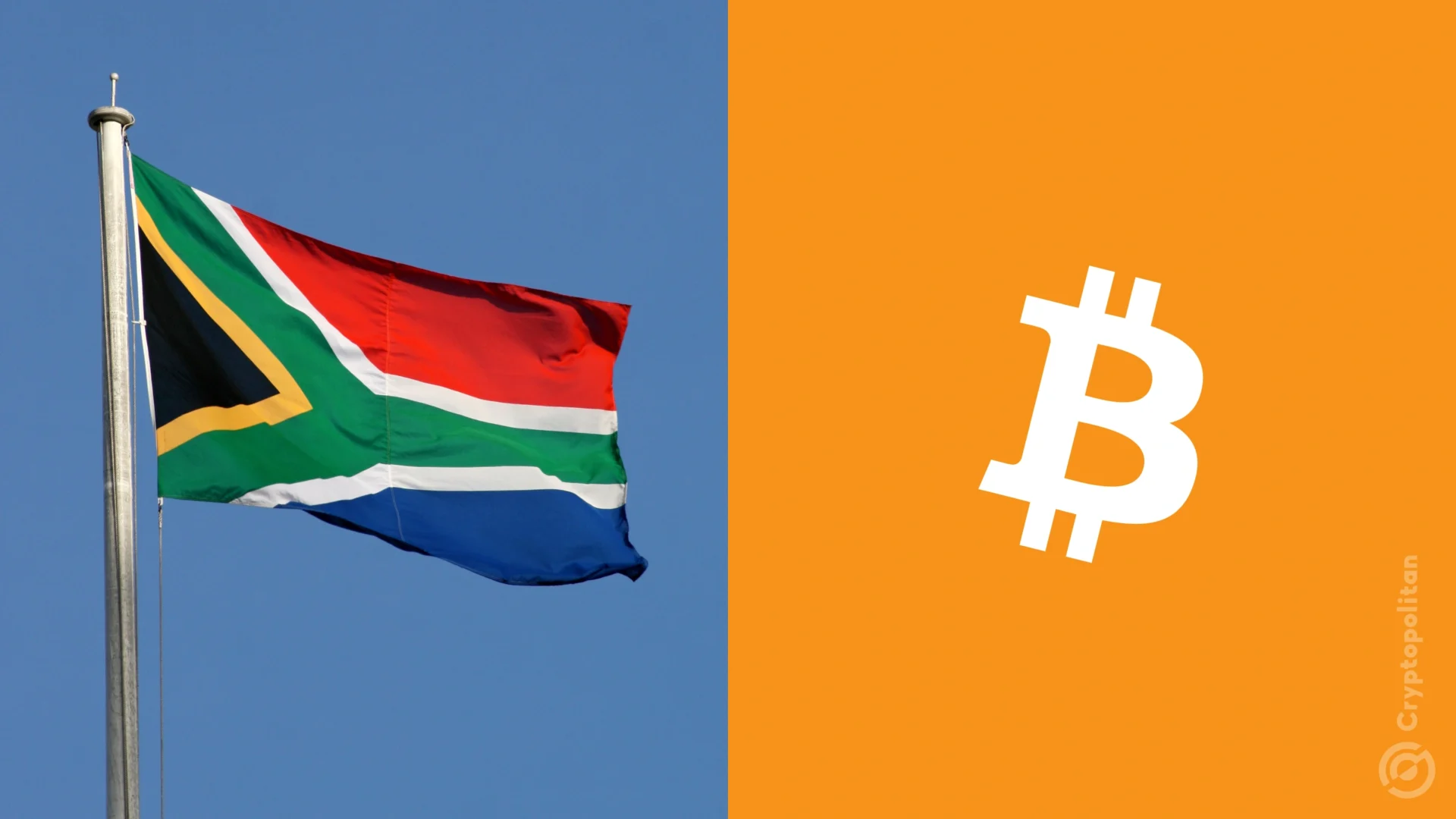Binance outlined a Thursday consultation with the European Banking Authority, revealing plans to delist stablecoins for the European market by June 2024. This announcement comes after the newly passed Markets in Crypto Assets (MiCA) legislation, a pivotal piece of European crypto regulation. The legislation, set to implement stablecoin laws by June 2024, has spurred Binance to consider compliance seriously.
Marina Parthuisot, Binance France’s director of legal, conveyed that the project has yet to receive approval. Consequently, she stated, “We are heading to a delisting of all stablecoins in Europe on June 30.” This move is anticipated to have a disproportionately large impact on the European market compared to the global landscape.
However, Binance has shown flexibility in its decisions. After community feedback and revisions to align with EU regulations, the company reversed its decision to delist privacy coins in Europe on June 26. This adaptability indicates a willingness to cooperate with regulatory frameworks and community needs.
Elizabeth Noble, head of the MiCA team at the EBA, clarified that the regulations would be effective from the end of June 2019, with no transitional arrangement for stablecoin tokens. This immediate enforcement underscores the urgency and importance the EBA places on compliance with the new regulations.
The MiCA legislation has imposed a $216 million limit on stablecoin transactions like USDT and USDC. Attorneys monitoring the new EU legislation have expressed concerns that this limit might hinder crypto adoption. The new norms have prompted adjustments from businesses and governments, with France modifying its crypto licensing scheme in August to align with MiCA.
Moreover, Binance CEO Changpeng Zhao responded to the developments on X, expressing his optimism and preparedness for MiCA. He emphasized the launch of EUR and other stablecoins in compliance with the new laws, highlighting the bright future for law-abiding European companies.
The MiCA legislation has also catalyzed change in the crypto landscape, prompting companies and governments to revisit their policies and align with the new regulatory environment. The emphasis on compliance and regulation is evident, with Binance leading the way in adapting to the evolving landscape.
Significantly, the dialogue between Binance and the EBA illustrates the ongoing collaboration and negotiation between crypto exchanges and regulatory bodies. This interaction is crucial for developing a balanced and sustainable European crypto ecosystem.





